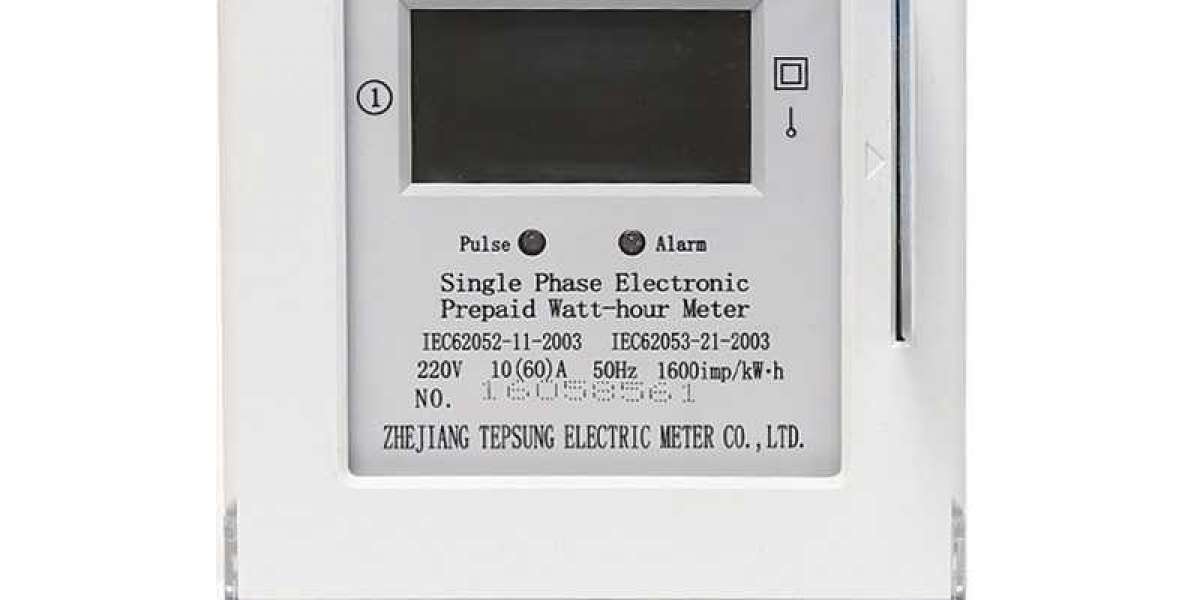From mechanical kWh meter to electronic energy meters, and then to smart meters, for the majority of users, smart meters replace mechanical and electronic meters, allowing users to pay for electricity consumption without leaving home, and view electricity consumption in real time , To understand the remaining power status, which greatly facilitates the lives of the people.
Smart meters can realize communication control with smart home appliances. The start and stop control of home appliances can reduce the peak load of electricity consumption and increase the low load of electricity consumption. When electricity is not required, the use of high-power electrical equipment can be changed to save electricity. And it supports online automatic prepayment of electricity bills, remote power on and off, remote readings, data collection, equipment failure reminders, etc.
In addition, the smart meter is small in size, light in weight, easy to install, and can be adjusted before installation. The adjustment cycle during work is greatly shortened, thereby improving work efficiency. And smart meters can detect electricity theft in time. In areas with a high incidence of electricity theft, potential electricity theft can be discovered in time by comparing the data of the total meter with all meter data under it. Smart meters also have high resolution and accuracy, measurement accuracy can be greatly improved, and line loss statistics are more accurate.
At present, my country is a big country in the production of electric energy meters. The main products such as intelligent electric energy meters have reached or approached the technical standards of developed regions. The production and research and development capabilities have also been able to meet the different needs of the international market, and the price advantage is obvious. It has a strong international market. Competitiveness. According to relevant data, it is estimated that by 2020, close to 2 billion smart meters will be installed worldwide. Smart grids will cover 80% of the world's population, and the penetration rate of smart meters will reach 60%. This is a huge opportunity for my country's electronic energy meter companies to open up overseas markets.



